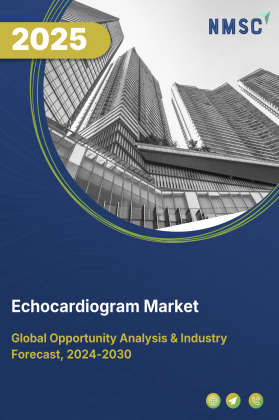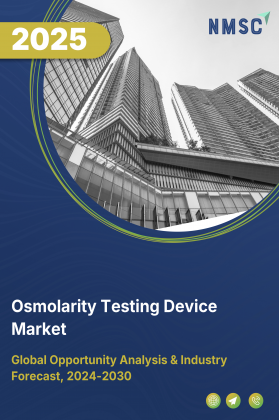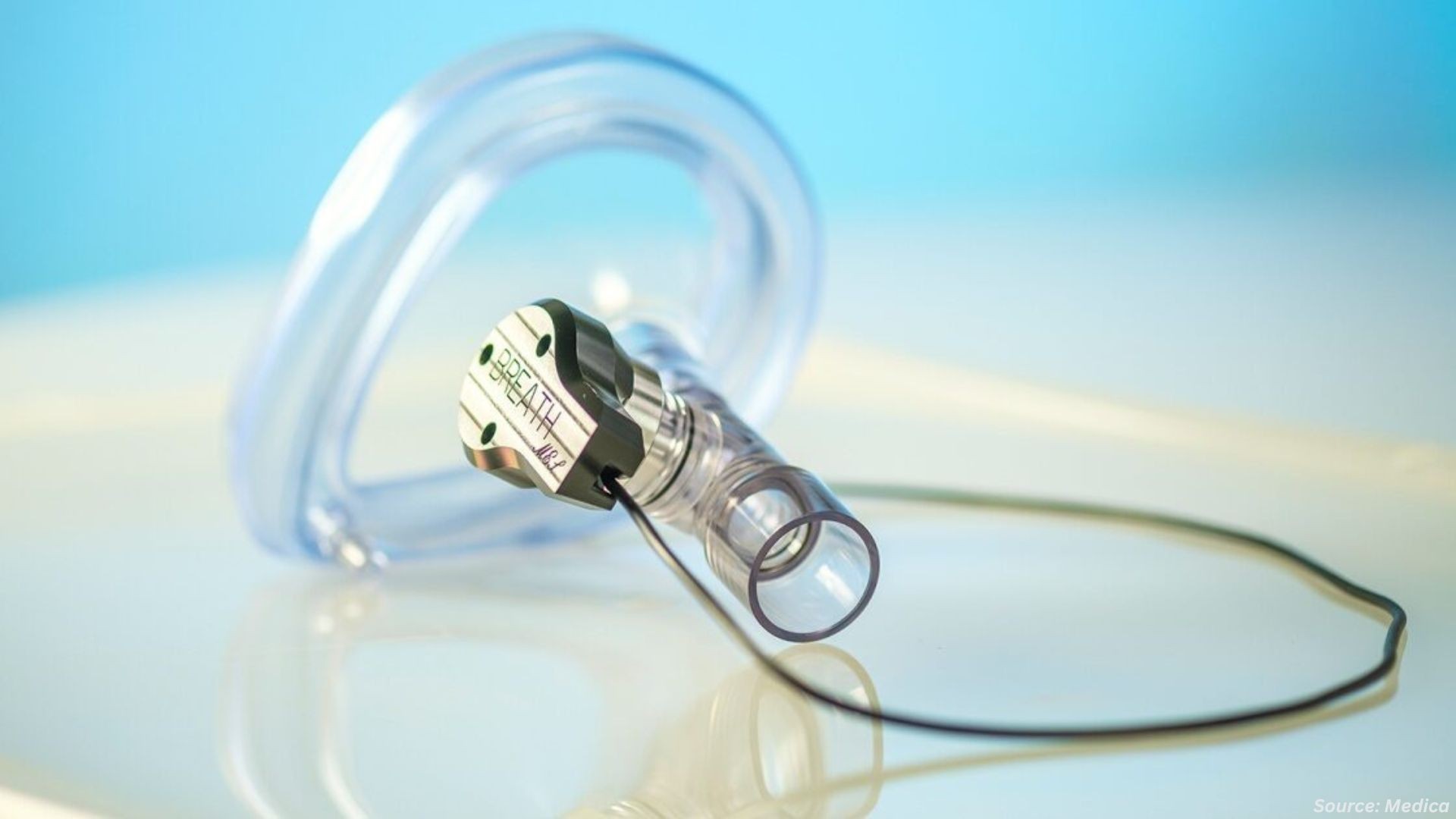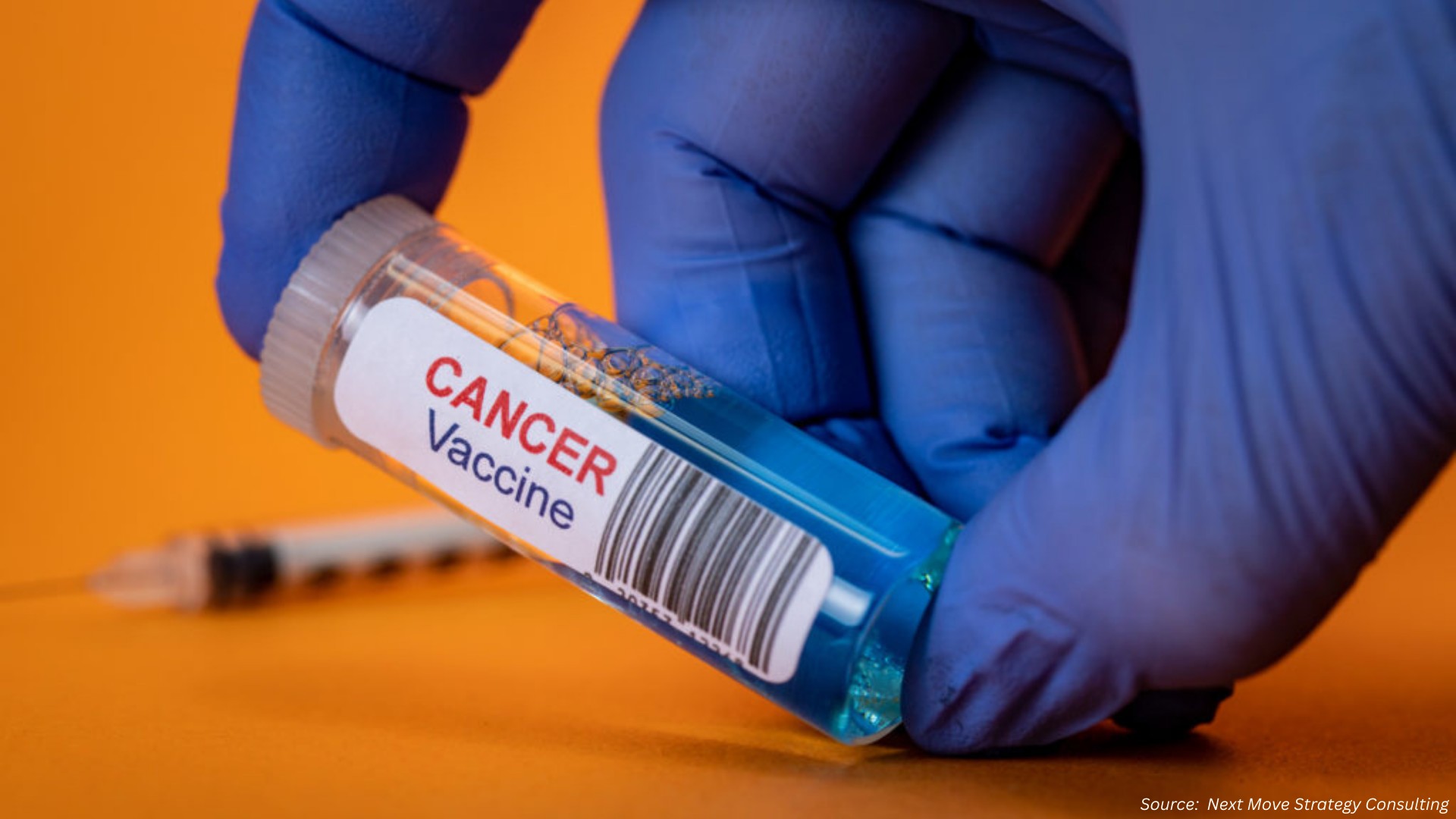
Surgical Suture and Stapler Market by Type (Sutures and Staplers) by Filament Structure (Monofilament, Multifilament), by Mechanism (Manual and Powered/Automatic), by Usability (Disposable and Reusable), by Application (Cardiovascular, General, Gynecological, Orthopedic, Plastic and Reconstructive, Abdominal/Gastrointestinal, Thoracic/Pulmonary, Urology, and Other Surgeries), and by End-User (Hospitals, ASCs, Clinics, and Others) – Global Opportunity Analysis and Industry Forecast, 2024–2030
Industry Overview
The global Surgical Suture and Stapler Market was valued at USD 17.62 billion in 2024 and is predicted to reach USD 19.59 billion by the end of 2025. The industry is predicted to reach USD 33.31 billion by 2030 with a CAGR of 11.2% from 2025-2030.
The market is experiencing strong growth, driven by the rising global burden of chronic diseases such as cancer, diabetes, and cardiovascular conditions that frequently require surgical intervention. The increasing number of trauma and accident cases also fuels demand for reliable wound closure, especially in emergency surgeries.
Additionally, the aging global population, particularly in Asia, is significantly contributing to the volume of surgeries, further propelling market growth. However, concerns about surgical complications, such as staple line leaks and infections, remain a barrier to broader adoption.
Looking ahead, the integration of smart technologies like AI-enabled staplers and robotic-assisted suturing systems presents a major opportunity. Companies like Ethicon are leading innovation with advanced products designed to improve safety and precision, aligning with the growing demand for minimally invasive and digitally connected surgical solutions.
Rising Prevalence of Chronic Diseases Fuels Market Growth
The escalating global burden of chronic diseases such as cardiovascular disorders, cancer, diabetes, and obesity is significantly driving the surgical suture and stapler market demand. For instance, coronary artery disease often necessitates bypass surgeries, while cancer cases frequently involve tumor resections, both requiring reliable wound closure methods like surgical sutures and staplers.
Notably, in the United States alone, approximately 1.7 million new cancer cases are diagnosed annually, with over 600,000 related deaths, making cancer the second leading cause of death, according to the CDC in 2024. Moreover, cancer care expenditures are projected to surpass $240 billion by 2030.
Meanwhile, conditions such as diabetes and obesity, which impair wound healing and increase the risk of surgical complications, further escalate the need for surgical and post-operative care. As per WHO in 2025, around 830 million people globally are living with diabetes, with the majority residing in low- and middle-income countries. These trends are fuelled by sedentary lifestyles, aging populations, and unhealthy diets, are amplifying the need for safe, efficient, and advanced surgical closure devices, thereby propelling the surgical suture and stapler market growth.
Rise In Trauma and Accident Cases Boosts Market Growth
The growing incidence of trauma-related injuries, resulting from road traffic accidents, falls, occupational hazards, and violence is emerging as a critical driver for the surgical sutures and stapler market. According to the World Health Organization in 2025, road traffic crashes claim approximately 1.19 million lives annually and cause 20 to 50 million non-fatal injuries worldwide. These accidents often necessitate immediate surgical intervention, where efficient wound closure using sutures or staplers is vital to control bleeding, prevent infection, and accelerate recovery.
Moreover, as highlighted by the CDC in 2024, road crashes are now the leading cause of death for individuals aged 5–29, underscoring the urgency and volume of trauma care globally. Factors such as rapid urbanization, inadequate road infrastructure in developing regions, and rising participation in high-risk activities continue to elevate injury rates. This sustained increase in emergency and reconstructive surgeries is directly fuelling demand for both traditional sutures and advanced stapling technologies, thereby accelerating the market’s growth trajectory.
Growth in Surgical Procedures Due to Aging Population
The rapidly expanding global aging population is a critical factor driving the demand for surgical interventions and consequently, the need for surgical sutures and staplers. Older adults are significantly more susceptible to chronic and degenerative health conditions such as osteoarthritis, cardiovascular diseases, spinal disorders, and various types of cancers, all of which necessitate surgical treatments. These procedures require reliable wound closure solutions to reduce the risk of postoperative complications and support faster recovery.
According to the United Nations World Population Prospects 2024, the number of people aged 60 years and older is expected to rise from 1.1 billion in 2023 to over 1.4 billion by 2030, representing nearly 17% of the global population. This demographic is projected to reach 2.1 billion by 2050, nearly doubling in less than three decades.
The most significant growth is anticipated in Asia, where the elderly population will account for more than 60% of the global total by 2050. This demographic shift not only increases the overall volume of surgeries but also raises the demand for advanced, safe, and efficient wound closure technologies suited to elderly patients with slower healing capacities.
Surgical Complications and Safety Concerns Limit Widespread Adoption
While surgical sutures and staplers are widely used across various procedures, concerns around product safety and surgical complications continue to restrain market growth. Staple line leaks, surgical site infections, and wound dehiscence are among the most frequently reported postoperative issues, often resulting from improper staple formation or suture misapplication. These complications can delay healing, increase the risk of re-operation, and significantly elevate post-surgical care costs.
Such outcomes not only affect patient recovery and overall surgical success rates but also increase liability for surgeons and hospitals, prompting a more cautious approach to the adoption of newer or advanced closure technologies. As the industry faces growing regulatory scrutiny and recalls related to product performance, the need for safer, more reliable solutions becomes paramount yet also presents a barrier for rapid surgical suture and stapler market expansion.
Introduction of Smart Technologies and Advanced Suturing Solutions
The market is poised for significant transformation with the growing integration of smart technologies such as robotics, AI-assisted suturing, and sensor-enabled staplers. The increasing adoption of robotic-assisted surgeries across specialties is creating strong demand for precision closure devices that can seamlessly work with robotic systems.
In response, leading companies are investing in the development of intelligent staplers that provide real-time feedback on tissue compression and staple formation, reducing the risk of intraoperative errors and improving patient safety.
For example, in June 2025, Ethicon (Johnson & Johnson MedTech) introduced the ETHICON 4000 Stapler, an advanced device designed for complex tissue management with planned compatibility for the upcoming OTTAVA robotic surgical system. This innovation signals a shift toward robot-ready, digitally connected closure systems that offer enhanced control, 3D staple formation, and superior staple line integrity addressing critical challenges in surgeries such as bariatric, gastrointestinal, and thoracic procedures.
As hospitals increasingly adopt minimally invasive and robotic technologies, such smart stapling solutions present a high-value growth opportunity for device manufacturers in both developed and emerging markets.
Market Segmentation and Scope of Study
The surgical suture and stapler market report is segmented by product type into surgical sutures and surgical staplers. Surgical sutures are further categorized into absorbable sutures (including polyglactin, polydioxanone, and catgut) and non-absorbable sutures (including nylon, polypropylene, silk, and steel). Surgical staplers are segmented into linear staplers, circular staplers, cutter/stapling devices, skin staplers, and stapler reloads/cartridges. By filament structure, the market is divided into monofilament and multifilament sutures. Based on technology or mechanism, staplers are classified into manual and powered/automatic types. In terms of usability, both sutures and staplers are available as disposable and reusable devices. By application, the market covers cardiovascular surgery, general surgery, gynecological surgery, orthopedic surgery, plastic and reconstructive surgery, abdominal/gastrointestinal surgery, thoracic/pulmonary surgery, urology, and other surgeries. Based on end-users, the market is segmented into hospitals, ambulatory surgical centers (ASCs), clinics, research institutes, and others.
Geographical Analysis
The surgical sutures and stapler market share in North America is experiencing strong growth, largely driven by the high incidence of chronic diseases. Nearly 60% of U.S. adults live with at least one chronic condition, and 40% manage multiple diseases, with prevalence expected to nearly double by 2050, making chronic illness a key public health challenge. The region's robust healthcare infrastructure, including a large number of hospitals and ambulatory surgical centers, actively supports the adoption of advanced surgical technologies.
Additionally, favorable reimbursement policies and comprehensive insurance coverage make surgical procedures more accessible, boosting demand for sutures and staplers. North American healthcare systems are also early adopters of innovations like robotic-assisted surgeries and bioabsorbable sutures, further driving market growth. The presence of key players such as Medtronic, Ethicon (Johnson & Johnson), and 3M enhances the market through ongoing product development and professional training initiatives.
The demand for surgical sutures and staplers in the Asia-Pacific region is witnessing rapid growth, driven by a rise in surgical procedures attributed to increasing healthcare awareness and a steadily aging population. Nations such as India, China, and Thailand have emerged as key destinations for medical tourism, contributing to a higher surgical volume, particularly in urban hospitals.
Government initiatives aimed at expanding healthcare access, coupled with significant investments in hospital infrastructure, are also enabling more procedures in rural and semi-urban areas. With rising urbanization and disposable income, patients are showing greater preference for advanced surgical interventions that utilize modern suturing and stapling devices.
Additionally, the growing burden of cancer is further amplifying surgical demand. According to the 2024 report by the National Centre for Disease Informatics and Research (NCDIR), India’s cancer burden is projected to rise from 26.7 million Disability-Adjusted Life Years (DALYs) in 2021 to 29.8 million by 2025, marking a 12% increase.
Europe’s market is shaped by strong public healthcare systems, which ensure universal access to surgical care across most countries. The region sees steady demand due to an aging population and a rise in elective and non-elective surgeries. Hospitals in Europe emphasize patient safety, surgical precision, and reduced operative time, all of which are supported by technologically advanced suturing and stapling solutions.
In RoW, the growth of the surgical sutures and staplers’ market is supported by increasing government and private investment in healthcare infrastructure, particularly in Latin America and parts of the Middle East. Rising awareness of surgical safety and hygiene, along with a growing burden of non-communicable diseases, is leading to a higher number of surgical procedures.
Countries like Brazil, South Africa, and Saudi Arabia are witnessing a rise in elective surgeries due to urbanization and improved access to healthcare services. Additionally, international aid programs and partnerships with global medtech firms are helping upgrade surgical standards in underserved regions. As these regions gradually adopt advanced surgical techniques and equipment, demand for modern sutures and staplers is expected to rise steadily.
Strategic Analysis Adopted by Key Companies
Various players in the surgical suture and stapler industry includes Ethicon US, LLC, Medtronic, B. Braun SE, Dolphin Sutures, and Others. These companies are actively focusing on product innovation, technological integration, and global expansion to strengthen their market presence and address the evolving needs of surgeons.
-
In July 2024, Ethicon, a Johnson & Johnson MedTech company, announced the U.S. launch of the ECHELO 3000 Stapler, a digitally enabled device designed for enhanced surgical control. It features one-handed powered articulation, a 39% wider jaw aperture, and 27% greater articulation, offering superior access and precision during both open and minimally invasive procedures.
-
Additionally, in May 2024, Ethicon introduced the ECHELON LINEA Cutter, the first linear surgical stapler to combine 3D-Stapling Technology with Gripping Surface Technology (GST). Clinical data shows this device delivers 47% fewer leaks at the staple line, enhancing surgical safety and patient outcomes. Its innovative design also allows surgeons the flexibility to keep the device halves locked or separate them, improving control based on patient anatomy.
-
Moreover, in January 2024, Teleflex Incorporated announced the availability of the Titan SGS Stapler, now equipped with Staple Line Reinforcement. This enhancement is particularly beneficial for bariatric surgeons performing sleeve gastrectomies, allowing them to reinforce every staple application during the procedure.
Key Benefits
-
The report provides quantitative analysis and estimations of the market for surgical suture and staplers from 2025 to 2030, that assists in identifying the prevailing industry opportunities.
-
The study comprises a deep-dive analysis of the current and future surgical suture and stapler market trends to depict prevalent investment pockets in the industry.
-
Information related to key drivers, restraints, and opportunities and their impact on the market is provided in the report.
-
Competitive analysis of the key players, along with their market share is provided in the report.
-
SWOT analysis and Porters Five Forces model is elaborated in the study.
-
Value chain analysis in the market study provides a clear picture of roles of stakeholders.
Surgical Suture and Stapler Market Key Segments
By Product Type
-
Surgical Sutures
-
Absorbable
-
Polyglactin
-
Polydioxanone
-
Catgut
-
-
Non absorbable
-
Nylon
-
Polypropylene
-
Silk
-
Steel
-
-
-
Surgical Staplers
-
Linear staplers
-
Circular staplers
-
Cutter/stapling devices
-
Skin staplers
-
Stapler reloads/cartridges
-
By Filament Structure
-
Monofilament
-
Multifilament
By Technology / Mechanism
-
Manual
-
Powered / Automatic
By Usability
-
Disposable
-
Reusable
By Application
-
Cardiovascular Surgery
-
General Surgery
-
Gynecological Surgery
-
Orthopedic Surgery
-
Plastic and Reconstructive Surgery
-
Abdominal / Gastrointestinal Surgery
-
Thoracic / Pulmonary Surgery
-
Urology
-
Other Surgeries
By End-User
-
Hospitals
-
Ambulatory surgical Centers (ASCs)
-
Clinics
-
Research institutes
-
Others
By Region
-
North America
-
U.S.
-
Canada
-
Mexico
-
-
Europe
-
The UK
-
Germany
-
France
-
Italy
-
Spain
-
Denmark
-
Netherlands
-
Finland
-
Sweden
-
Norway
-
Russia
-
Rest of Europe
-
-
Asia-Pacific
-
China
-
Japan
-
India
-
South Korea
-
Australia
-
Indonesia
-
Singapore
-
Taiwan
-
Thailand
-
Rest of Asia-Pacific
-
-
Rest of the World
-
Latin America
-
Middle East
-
Africa
-
Key Players
-
Ethicon US, LLC (Johnson & Johnson MedTech)
-
Medtronic
-
B. Braun SE
-
Dolphin Sutures
-
Purple Surgical
-
Lotus Surgicals Pvt Ltd.
-
Intuitive Surgical
-
Welfare Medical Ltd.
-
Grena Ltd.
-
AD Surgical
-
Teleflex Incorporated
-
Meril Life Sciences Pvt. Ltd.
-
Victor Medical Instruments Co., Ltd.
-
CONMED Corporation
-
Centenialindia
Report Scope and Segmentation
|
Parameters |
Details |
|
Market Size in 2025 |
USD 19.59 Billion |
|
Revenue Forecast in 2030 |
USD 33.31 Billion |
|
|
CAGR of 11.2% from 2025 to 2030 |
|
Analysis Period |
2024–2030 |
|
Base Year Considered |
2024 |
|
Forecast Period |
2025–2030 |
|
Market Size Estimation |
Billion (USD) |
|
Growth Factors |
|
|
Countries Covered |
28 |
|
Companies Profiled |
10 |
|
Market Share |
Available for 10 companies |
|
Customization Scope |
Free customization (equivalent to up to 80 working hours of analysts) after purchase. Addition or alteration to country, regional, and segment scope. |
|
Pricing and Purchase Options |
Avail customized purchase options to meet your exact research needs. |



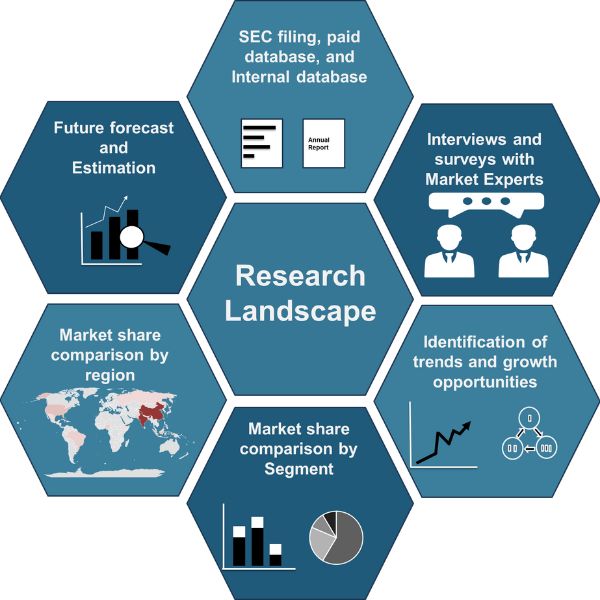
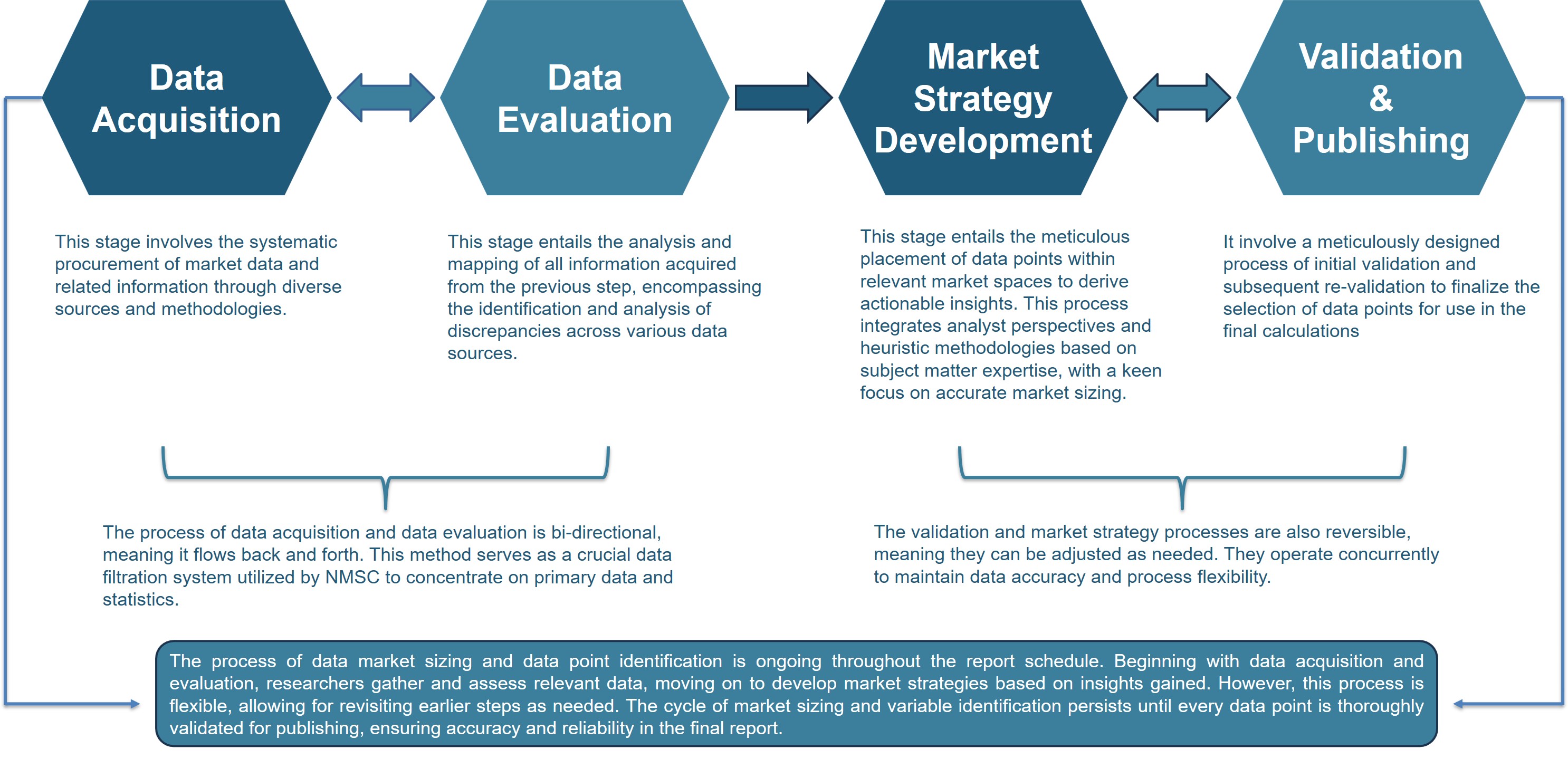




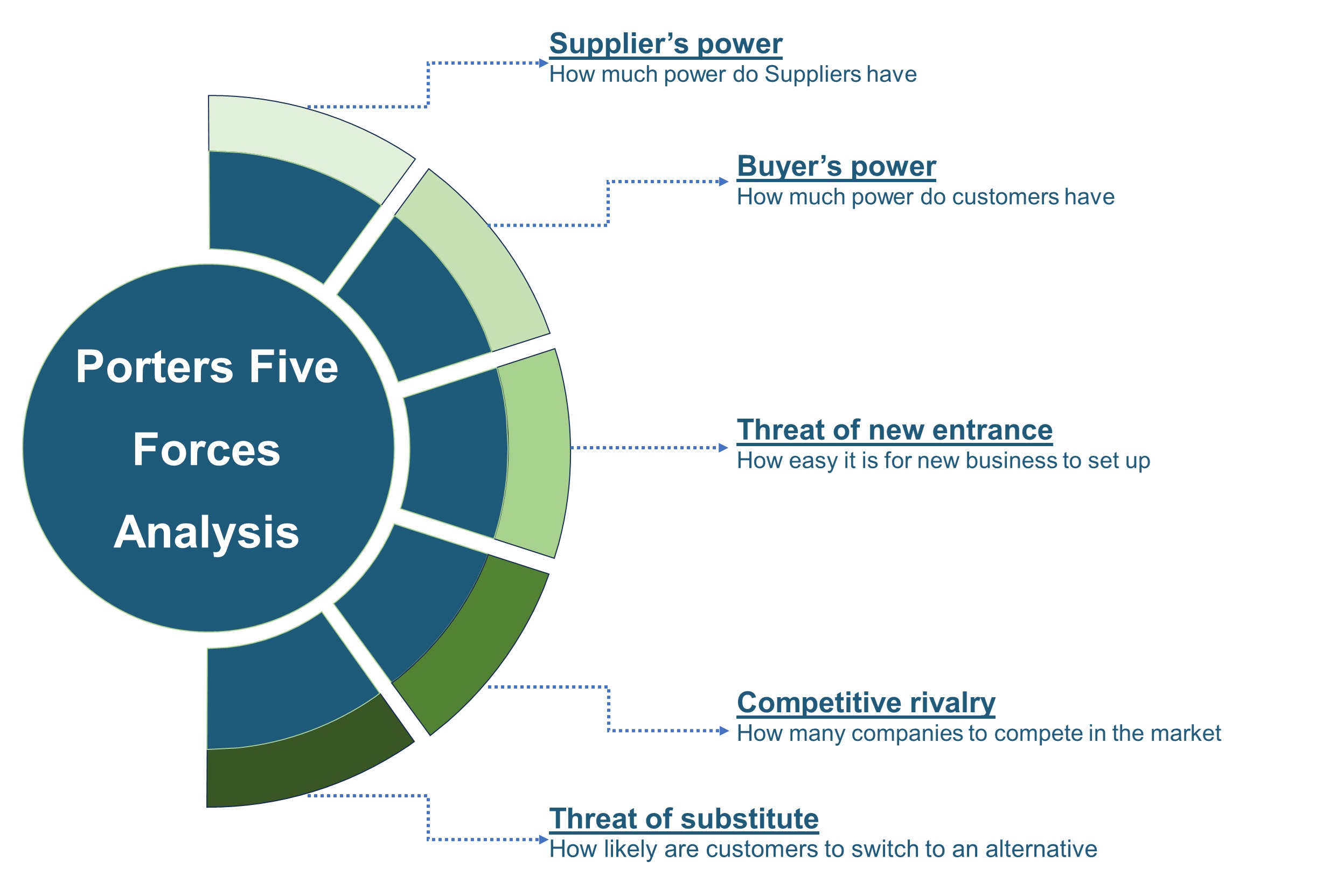







 Speak to Our Analyst
Speak to Our Analyst



